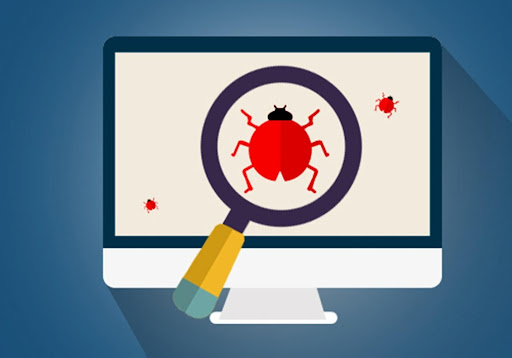Have a soft spot for software! More than 1.8 million Americans work as software developers and testers. Between 2020 and 2030, the software development industry will add more than 400,000 jobs, making it one of the fastest-growing industries in America.
Reading these statistics, you may think that developing software is easy. Unfortunately, that isn’t the case. You need to know how to confront a software bug so your programs work properly.
How can you keep track of bugs? Which bugs should you focus your effort on? What tools can you use to troubleshoot a software bug?
Answer these questions and you can fix all of the problems in your app in no time. Here is your quick guide.
Create an Issue Tracker
An issue tracker is a record of all of the problems customers and developers have with a piece of software. It lets you keep track of bugs so you can start fixing bugs in your code as soon as possible.
Develop an issue tracker that everyone in your organization has access to. You can use an issue tracker from a software company, or you can make your own with a spreadsheet or Word document. Every time a bug in your software app appears, put it on the tracker and ask someone to take care of it.
Assess the Situation
Once a bug pops up, you should gather information about what is going on. Reproduce the steps that cause the bug to surface and affect your software. Understand what the expected behavior of your steps should be and compare it to the actual behavior of your steps.
Pick Your Battles
You may have many different bugs in your code. You should try to fix all of them, but you should prioritize bugs that cause your software to shut down or crash. If you have a bug that would require too much time to fix, you can ignore it or save it for later.
Use Debuggers
Debuggers are software tools that help you set breakpoints in your code. You can suspend the execution of your program and inspect how your program is doing in detail.
Your debugger can set a breakpoint when a bug occurs, letting you see where exactly in your code it is. You can then read on, seeing if the rest of your code has any bugs. You can start fixing bugs in the production process without launching the app.
Test Your Programs
If you don’t want to get a debugger, you can create a test program to replicate your bug. You can copy the code into a new application and then paste it into that application. Once you’ve fixed the code, you can copy it again and see if you have made the correct edits.
Bring a Software Bug Under Control
A software bug shouldn’t ruin your code. Keep an issue tracker on your screen while you write your code so you can take notes on bugs. Read your code carefully before you start to make fixes, and prioritize your most significant bugs.
Use a debugger to break your code down part by part and isolate your bugs. Test the part of your program with the bug and make fixes to it. Test the program again to make sure the bug is gone.
Bugs are just one problem with software development. Read more software development guides by following our coverage.










